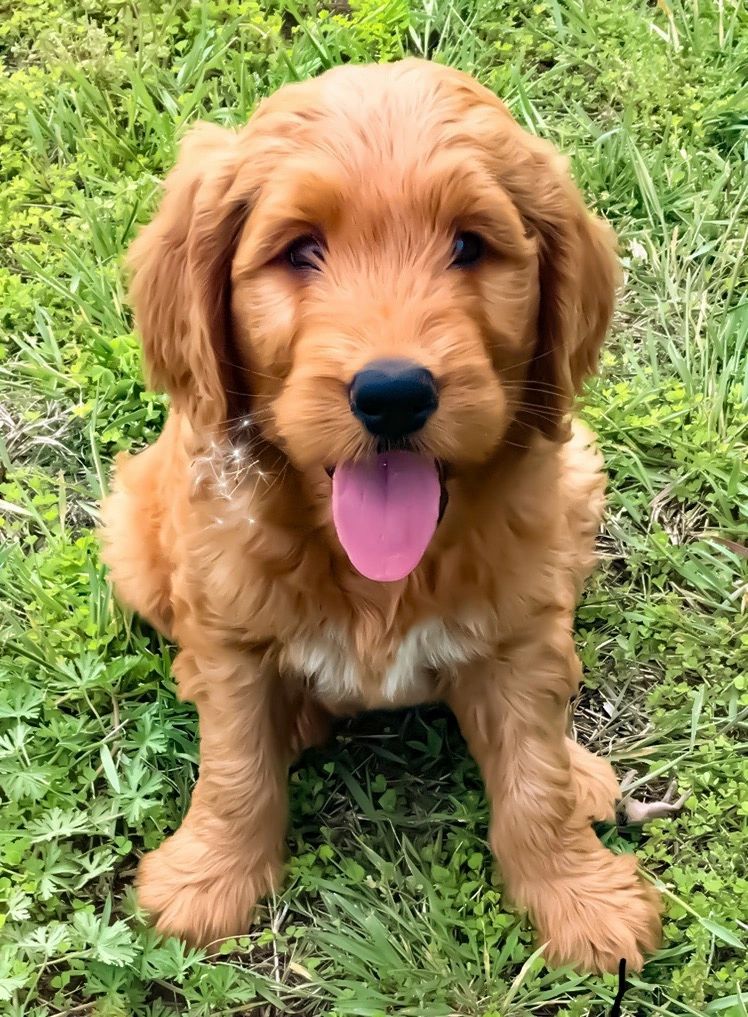
There are three classes or areas, and the VGL Canine Diversity Test genotypes or records the two regions with the most variation.īecause it is an area that mutates more rapidly than others, the method VGL uses is ideal for identifying specific combinations of DNA, and The Dog Leukocyte Antigen or DLA is the region in the canine genome that controls the immune system, among other things. The follow includes dogs with birthdates listed in the database. This is the second lowest amount of DLA found to date in a breed. Two Class I haplotypes are unique to the breed (11) while all the others have also been found in other breeds. Nine STR-associated DLA Class I and 10 DLA Class II haplotypes in 292 Flat-Coated Retrievers have currently been found. This highlights the necessity for Flat Coated Retriever breeders to be very careful to avoid further overall inbreeding which leads to further loss of diversity. Since the average IR of offspring of full siblings is 0.25, that means that half of Flat Coats when compared to village dogs are more inbred than dogs whose parents are full siblings. One half of Flat Coated Retrievers, when assessed with village dogs, had IR values that ranged from +0.304 to +0.633.

However, the distance between the average and effective alleles shows the breed community has done a reasonably good job of retaining what diversity exists.įlat Coated Retrievers have only a comparatively small portion of the diversity that exists today in modern village dogs, evidence of one or more genetic bottlenecks in the breed. The mean effective alleles per locus were 2.592, also one of the lower effective allele values that we have observed. This number is low compared to other breeds that have been tested, once again confirming that there is a low level of genome wide genetic diversity in the breed.

The population of 190 Flat-Coated Retrievers first tested had an average number of alleles of 5.182.


 0 kommentar(er)
0 kommentar(er)
